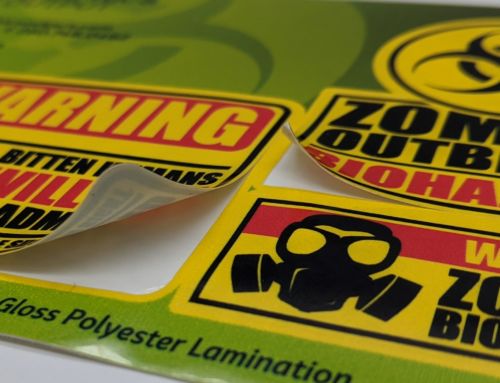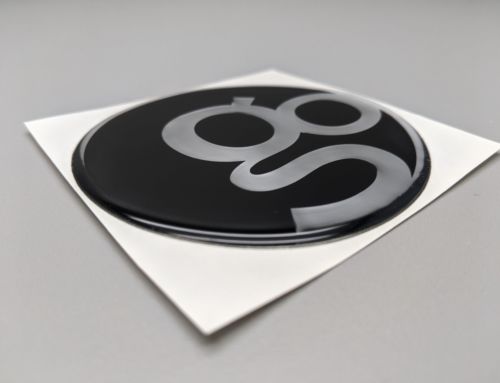Many graphics and labels are kept in direct and constant sunlight. They may be wrapped onto a vehicle driving cross-country in the summertime, baking on construction equipment left on a job site, or placed on the exterior of a window.
Over time, pigments will slowly fade in visible and non-visible light. However, even decals that are not exposed to full sun need ultraviolet, or UV, resistance to last.

The Basics of Color
The color you see in an item is a reflection of the visible light rays that are not being absorbed by the object. So a red object absorbs all the other colored light rays and reflects back just red. When a color fades, or experiences photodegradation, it’s due to energy, which is measured in wavelengths. Short wavelengths have high energy, and long wavelengths have low energy.
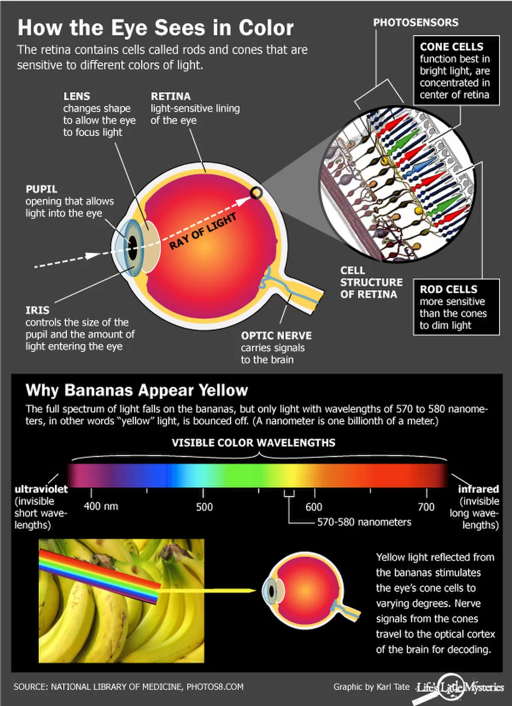
Because of varying wavelengths and energy, different colors fade at different rates. For example, red usually fades, or degrades, faster than all other visible colors because red reflects long wavelengths and absorbs mostly short wavelengths, which are high in energy. Alternately, colors like blue and purple, which absorb mostly long wavelengths that are low in energy, fade the slowest.
Ultraviolet light is invisible and produces short wavelengths jam-packed with energy, which causes colors to fade at accelerated rates. This means that placing graphics and overlays in direct sunlight, where they are bombarded with UV light, makes those graphics fade and disappear quickly.
UV Resistance
UV resistance comes in three forms. Obstruction, absorption, and stabilization. The printed products utilizing all three of these forms will hold up the best against harmful UV rays.
UV Obstruction
If a UV ray is blocked from reaching the colors on a decal, it can’t degrade the color. The easiest way to obstruct UV light is to place the decal out of direct light, but that is not often feasible.
The next best way to obstruct UV light is to place a layer on top of it, something like lamination or a clear coat. While glossy finishes will reflect visible light and prevent fading, they usually offer little UV protection. Matte finishes, meanwhile, are more opaque and can offer more physical obstruction than transparent finishes.
If your graphic is in full sun, be sure the clear coat or lamination used is rated “outdoor” or “UV-blocking.” Otherwise, the layers will provide minimal protection against UV light.
UV Absorption
Ultraviolet absorbers, or UVAs, are molecules that convert UV energy into low levels of heat, which protect colors from degrading and fading. UVAs are added to outdoor inks, clear coats, and laminations. Unfortunately, high UVA levels can generate free radicals, which can cause brittleness, yellowing, and loss of adhesion.
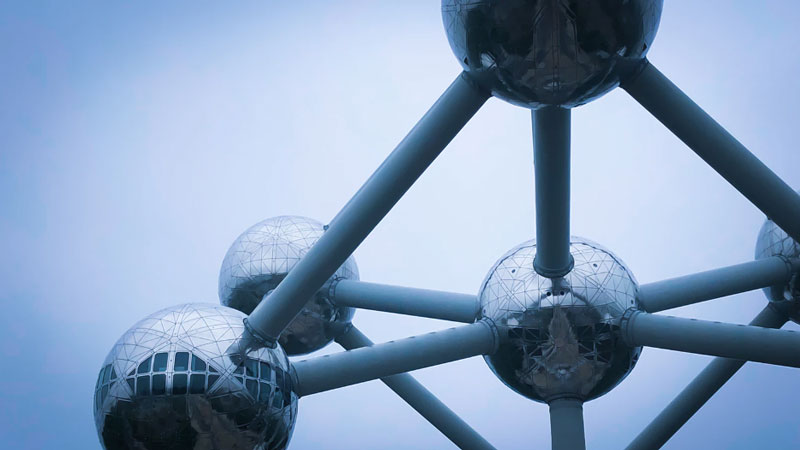
UV Stabilization
Ultraviolet stabilizers, which are also called hindered amine light stabilizers, or HAVs, are molecules that negate some effects of UV light and UVAs by neutralizing free radicals. HAVs do this by donating an electron particle to the free radical. Although HAVs do not directly prevent color degradation from UV rays, they do keep plastic lamination effective over longer periods of time.
Products That Can Help
PVC Lamination
Plastic lamination can increase the life of any graphic or overlay. One of the most common plastics used is polyvinyl chloride, or PVC, also called vinyl lamination.
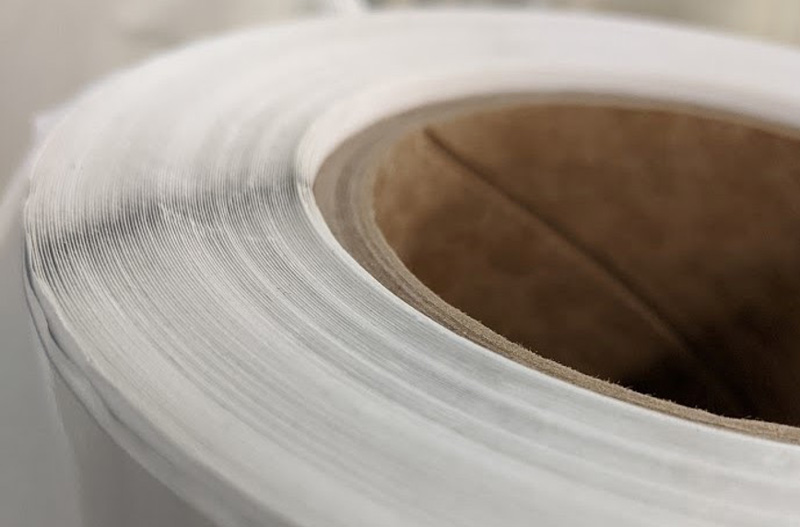
Plasticizers are added to PVC to promote flexibility. Without a plasticizer, PVC would be brittle, rendering it useless as a lamination.
Two different types of plasticizers are used for PVC: monomeric and polymeric. Monomeric plasticizers are used in most calendered vinyl laminations, which are high-gloss and scratch-resistant. However, they are not stable, and it is rare to find a monomeric PVC with UV absorbers. Polymeric plasticizers are used in all cast vinyl laminations and some calendered. They are stable and hold up better against degradation effects such as loss of clarity. Almost all polymeric PVC has both UVAs and HALs.
Polyester Lamination
Polyester is not as brittle as PVC and does not need added plasticizers. In fact, polyester is a family of plasticizers used for PVC. More importantly, polyester’s chemical structure absorbs UV radiation, making it superior to PVC when it comes to UV resistance.

Industrial outdoor laminates such as Tuff-Cover UV9 have been developed specifically to provide UV resistance.
Other Outdoor Rated Products
Outdoor rated products are UV resistant, as well as water-, heat-, and cold- resistant. Outdoor rated products have added UVAs and HALs in both their inks and their lamination, polycarbonate, and polyester printable film adhesives.
For example, Norcote™ has developed a UV-curable screen printing ink for exterior exposure up to five years, and its “Sunblock Clear” overprint is recommended to “increase the outdoor durability of screen printed images and increase the light-fastness features of digitally printed images,” according to its technical sheet. Polyurethane doming is also a popular choice for decals that require heavy-duty UV resistance with the addition of a fun look and a unique tactile feel.
Selecting the best UV protection for your decals can be tricky, but with the right know-how, you can be sure your colors stay vibrant and true. If you have any questions, just leave a comment on this blog with your contact info, shoot us an email, or call us at 260-748-0577.
Disclaimer: Information in this post does not suggest or constitute a written or verbal warranty or guarantee by the manufacturer or distributor of any product mentioned.


